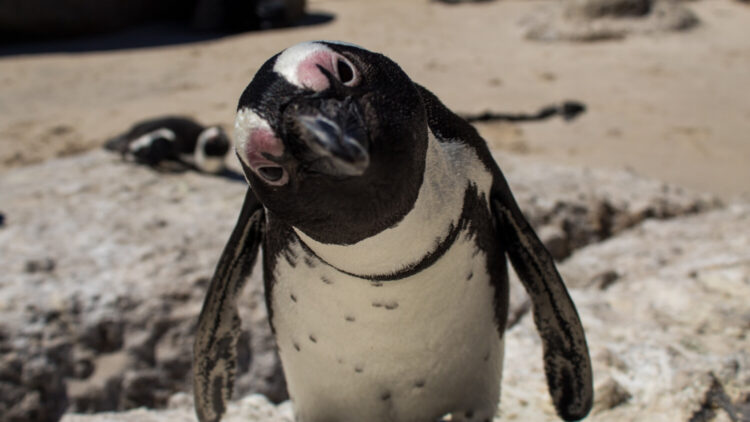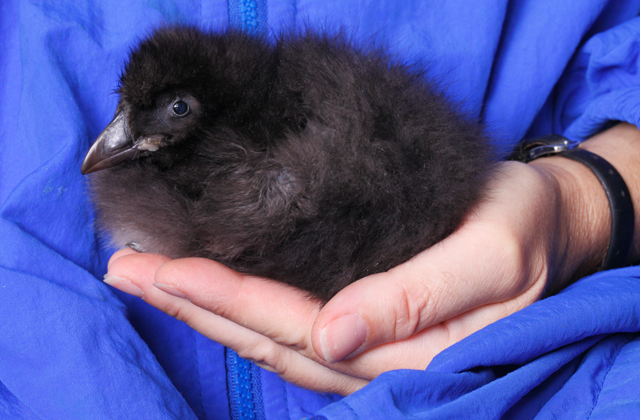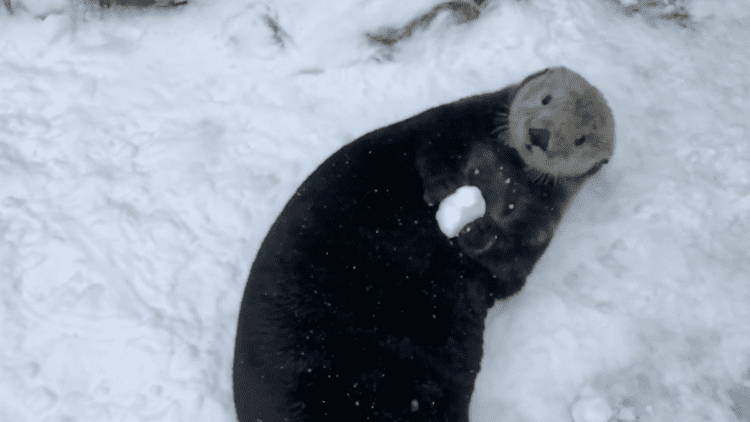A captive stingray who doesn’t share her tank with a male ray is pregnant

Deep in the heart of North Carolina, there’s a pregnant stingray about to give birth.
Meet Charlotte, pictured below, a round stingray who lives in a 2,200-gallon tank at the Aquarium and Shark Lab by Team ECCO in Hendersonville, North Carolina.
She first showed signs of pregnancy months ago. But she doesn’t share a tank with a male ray and has probably never done so. Instead, she shares her space with two young male sharks.
Is it a miracle? An interspecies love affair?
Neither: It’s parthenogenesis.
Kady Lyons, a research scientist in Georgia, told the Associated Press that Charlotte’s pregnancy is the first time she’s heard of a round stingray exhibiting the phenomenon.
MORE: Scientists capture the ‘world’s deepest fish’ on camera
”I’m not surprised, because nature finds a way of having this happen,” said Lyons, who isn’t affiliated with the Aquarium and Shark Lab.
In parthenogenesis, female animals become pregnant without the genetic contribution of a male. It’s a complex process, but basically, the female uses her own egg and some spare cells, called polar cells, to spur reproduction. It can happen with certain fish, birds or lizards. (Or … dinosaurs? Think: Jeff Goldblum’s character’s assertion that “life finds a way” in “Jurassic Park.”)
Charlotte’s keepers first noticed some scratches that looked like markers of shark mating. But they also worried about the bump they saw on her, wondering if it was cancer.
They ordered tests and an ultrasound, and that’s when they knew: Charlotte was pregnant with three or four pups.
“We were all like, ‘Shut the back door. There’s no way,’” Shark Lab executive director Brenda Ramer told the AP.
On Feb. 8, the Aquarium and Shark Lab shared a video of Charlotte getting an ultrasound with her handlers. She’s a perfect patient, of course:
MORE: A possible baby great white shark sighting thrills researchers
In the video, Ramer noted the possibility of Charlotte having mated with a shark. The idea caught on, fueling headlines and going viral, even though it’s not actually possible. Sharks and rays are separated by 300 million years of evolution and are not genetically or anatomically compatible.
Since she’s nearing the end of her gestation period, Charlotte’s team is on high alert for the pups’ birth. They’re monitoring the expectant mom via camera and preparing the babies’ new digs. Like many species of sharks, round stingray babies are born live.
“Everybody wants to be the first to know,” said Kinsley Boyette, the Aquarium and Shark Lab’s assistant director, in the Hendersonville Times-News. “We’re like, ‘We’ll be the first to know.’ When the birth happens, we’ll get the babies moved to the tide pool. It’s like our little nursery tank.”
Hopefully, we’ll have good news soon. Stop by the Aquarium and Shark Lab’s Facebook page to find out the latest on Charlotte and her extra-special, self-generated brood, including this sweet good morning greeting just a few days ago!





